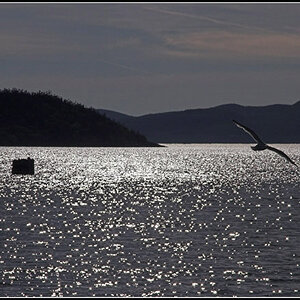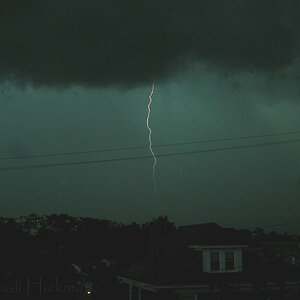AUZambo
TPF Noob!
- Joined
- Jan 14, 2007
- Messages
- 573
- Reaction score
- 6
- Location
- Birmingham, AL, USA
- Can others edit my Photos
- Photos OK to edit
:lmao:
Okay, seriously though, I'm not exactly happy with my Sony gear and if the day ever rolls around where I can afford to do so, I'm going to swap to either Canon or Nikon. One of the main reasons I'm not happy with Sony is that I'm extremely limited in ISO selection. It's performance at high ISO is so poor that I hate to even go over 400.
For those of you with Nikon or Canon, how high can you go on your ISO settings before you start to get uncomfortable? I know other factors contribute to noise (exposure time, brightness of the scene, etc.) but I'm just looking for general numbers. Also, if you could tell me what specific camera you're using that would help!
Finally, what's the progression for Canon DSLRs? I know Nikon goes D40, D50, D60, D70, D80, D90, D100, D200, D300, D700, D3 (not sure where D3000 and D5000 fit)...but canon ain't quite so easy to remember. What is canon's main competition to the D300? Is it the 5D? Or is the 5D competing with the D90?
TIA!
Okay, seriously though, I'm not exactly happy with my Sony gear and if the day ever rolls around where I can afford to do so, I'm going to swap to either Canon or Nikon. One of the main reasons I'm not happy with Sony is that I'm extremely limited in ISO selection. It's performance at high ISO is so poor that I hate to even go over 400.
For those of you with Nikon or Canon, how high can you go on your ISO settings before you start to get uncomfortable? I know other factors contribute to noise (exposure time, brightness of the scene, etc.) but I'm just looking for general numbers. Also, if you could tell me what specific camera you're using that would help!
Finally, what's the progression for Canon DSLRs? I know Nikon goes D40, D50, D60, D70, D80, D90, D100, D200, D300, D700, D3 (not sure where D3000 and D5000 fit)...but canon ain't quite so easy to remember. What is canon's main competition to the D300? Is it the 5D? Or is the 5D competing with the D90?
TIA!


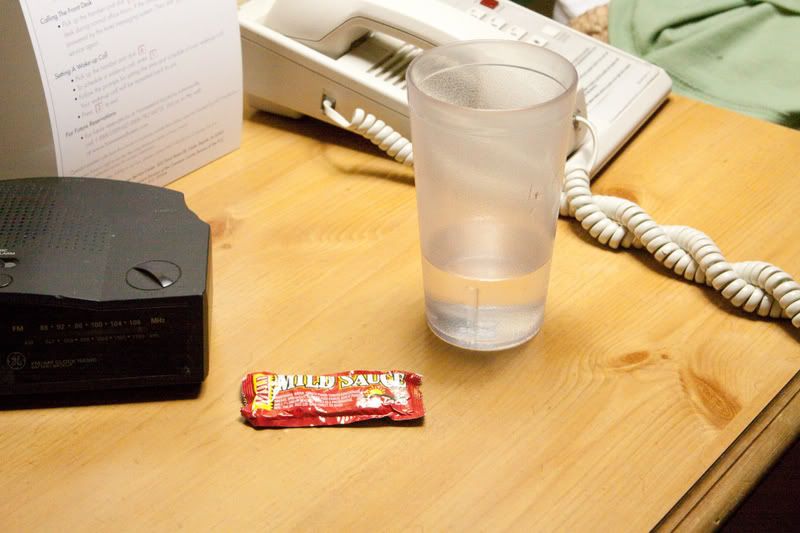


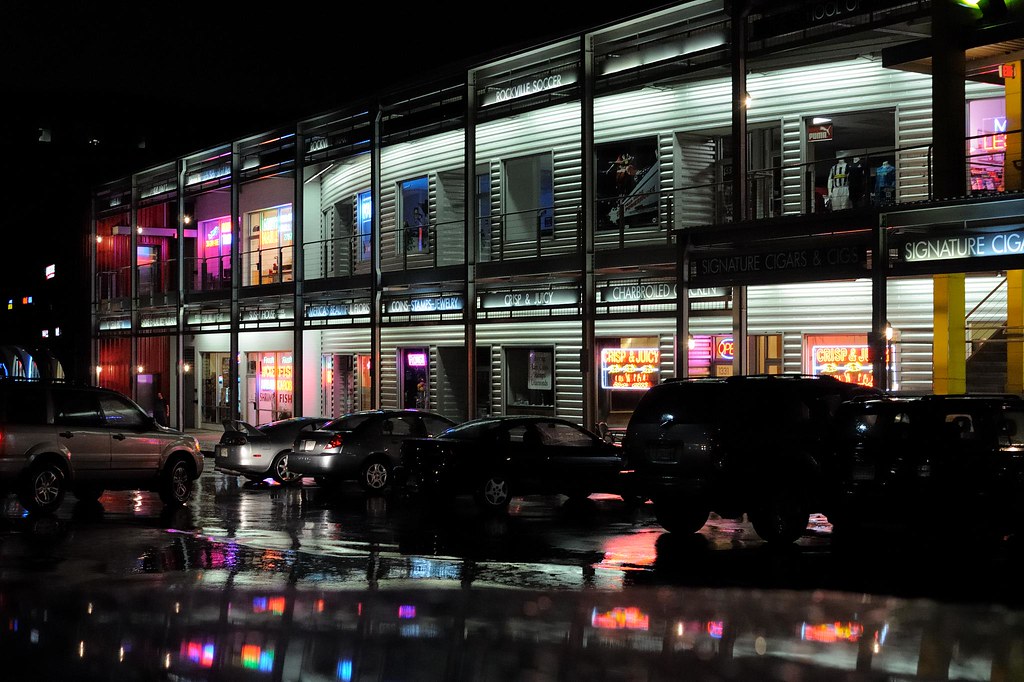
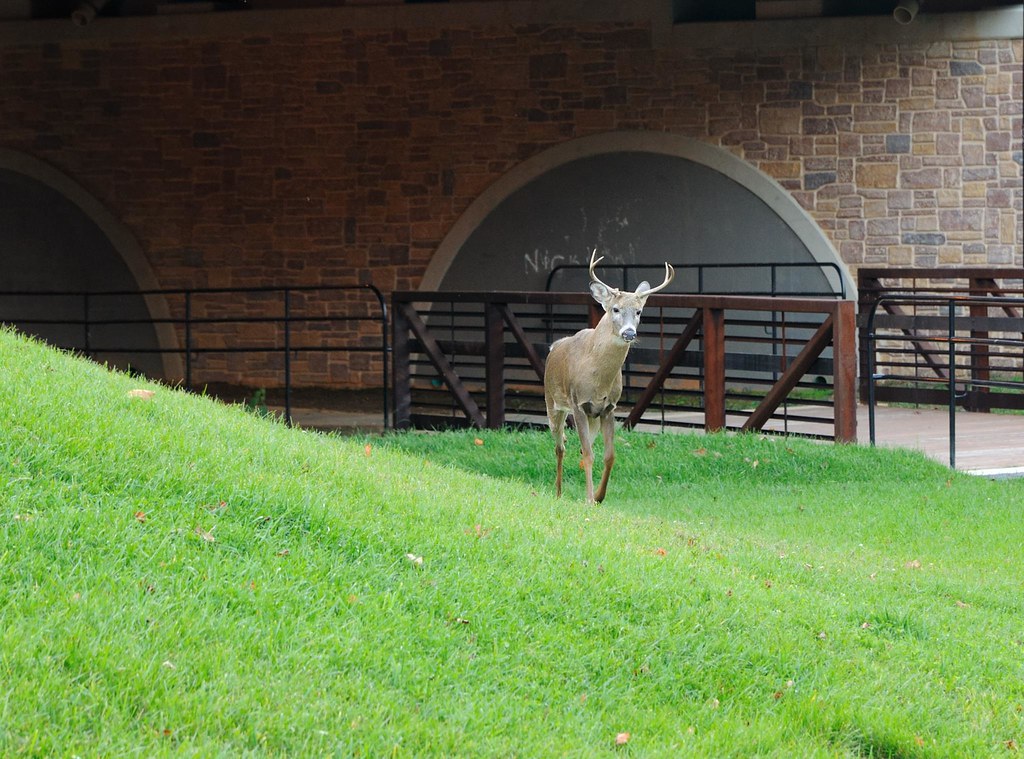






![[No title]](/data/xfmg/thumbnail/39/39529-3b8de3decb03849c8e9c6abdae9650cf.jpg?1619739070)
![[No title]](/data/xfmg/thumbnail/36/36300-760519cb9a8ebbfc57cc3d1fda5dd37c.jpg?1619737494)
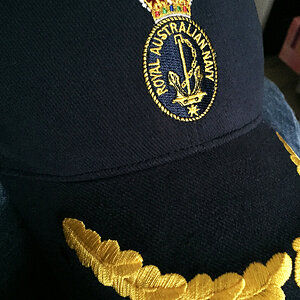
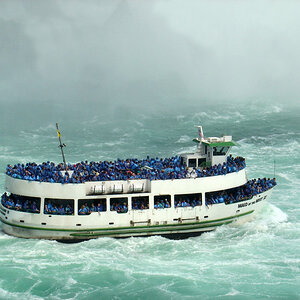
![[No title]](/data/xfmg/thumbnail/40/40299-41bf1ccac2889096fb5f4fcffdd56721.jpg?1619739411)
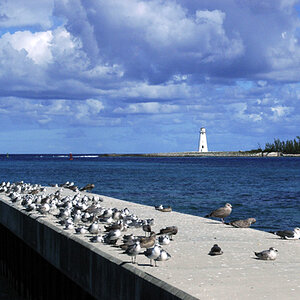
![[No title]](/data/xfmg/thumbnail/41/41932-53eeba896d5bf8f132e52d5277f94ce2.jpg?1619739946)
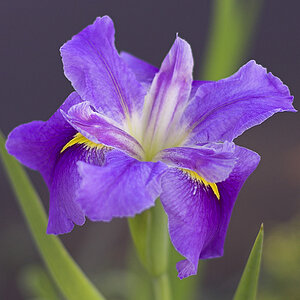
![[No title]](/data/xfmg/thumbnail/36/36299-468f060314a0ac2bf5e37da1c33149d2.jpg?1619737493)
